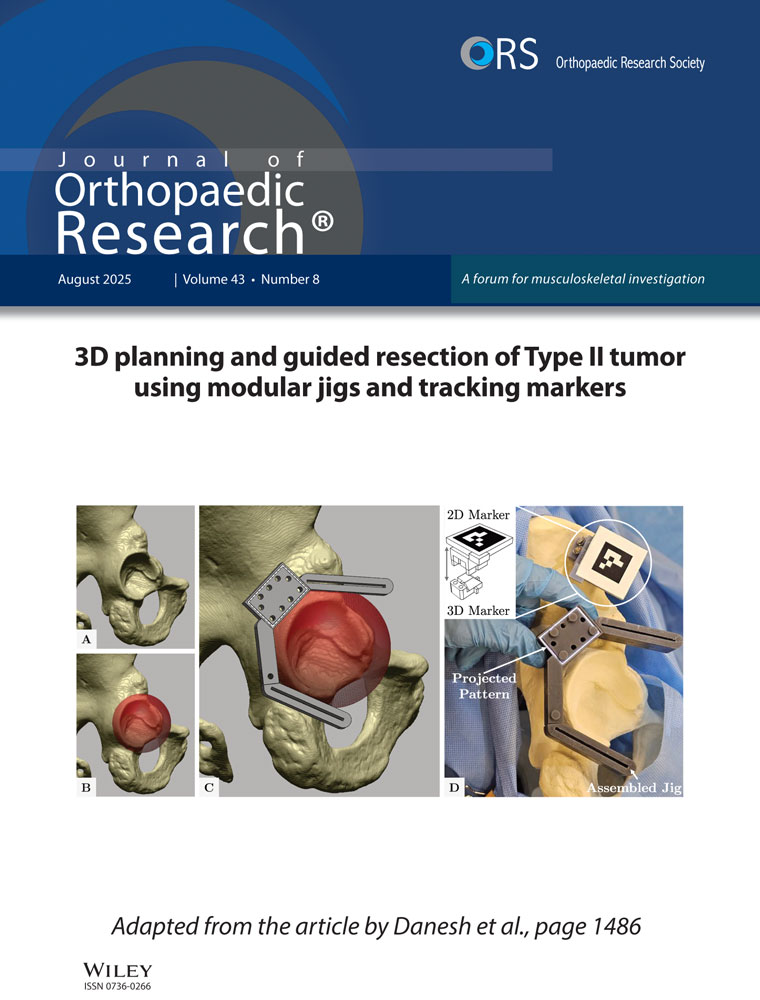Relative roles of microdamage and microfracture in the mechanical behavior of trabecular bone
Abstract
Compared to trabecular microfracture, the biomechanical consequences of the morphologically more subtle trabecular micro-damage are unclear but potentially important because of its higher incidence. A generic three-dimensional finite element model of the trabecular bone microstructure was used to investigate the relative biomechanical roles of these damage categories on reloading elastic modulus after simulated overloads to various strain levels. Microfractures of individual trabeculae were modeled using a maximum fracture strain criterion, for three values of fracture strain (2%, 8%, and 35%). Microdamage within the trabeculae was modeled using a strain-based modulus reduction rule based on cortical bone behavior. When combining the effects of both microdamage and microfracture, the model predicted reductions in apparent modulus upon reloading of over 60% at an applied apparent strain of 2%, in excellent agreement with previously reported experimental data. According to the model, up to 80% of the trabeculae developed microdamage at 2% apparent strain, and between 2% and 10% of the trabeculae were fractured, depending on which fracture strain was assumed. If microdamage could not occur but microfracture could, good agreement with the experimental data only resulted if the trabecular hard tissue had a fracture strain of 2%. However, a high number of fractures (10% of the trabeculae) would need to occur for this case, and this has not been observed in published damage morphology studies. We conclude therefore that if the damage behavior of trabecular hard tissue is similar to that of cortical bone, then extensive microdamage is primarily responsible for the large loss in apparent mechanical properties that can occur with overloading of trabecular bone. © 2001 Orthopaedic Research Society. Published by Elsevier Science Ltd. All rights reserved.




